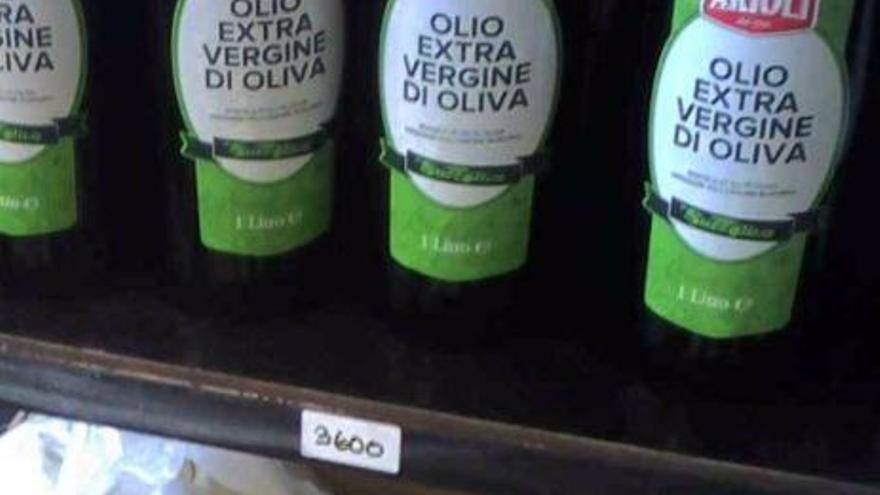
![]() 14ymedio, Madrid, 21 August 2023 — Inflation continues to rise in Cuba according to official data, although its rise is moderate. In July, the consumer price index (CPI) increased by 1.06%, less than half of the previous month (2.46%) and the year-on-year variation was 41.7%, compared to 45% in June. In addition, for the first time in a long time, the increase in the price of food and non-alcoholic beverages is less than 1%.
14ymedio, Madrid, 21 August 2023 — Inflation continues to rise in Cuba according to official data, although its rise is moderate. In July, the consumer price index (CPI) increased by 1.06%, less than half of the previous month (2.46%) and the year-on-year variation was 41.7%, compared to 45% in June. In addition, for the first time in a long time, the increase in the price of food and non-alcoholic beverages is less than 1%.
Although many Cubans have claimed recently that the increase in MSME [micro, small and medium sized enterprises] offers was noticeable in containing prices, the data say a lot about the divorce between the official figures and the reality of citizens, who live permanently by resorting to an informal market in which food gets more expensive every day.
The rise in the price of beans is one of the most significant in July, with +7.2% for black beans and +8.4% for red. Along with malanga (4.9%) and eggs (1.8%), they are three foods whose prices are increasing, which is contained on this occasion (0.6%) thanks to the fall in the cost of white cheese (-4.5%) and pork (-0.5%). Poultry meat decreased by 3.8%, as did oil (-2.3%) and spaghetti (-1.8%).
Transport, in a vacation month, was once again one of the most expensive of the items that make up the statistical basket of goods and services. It rose by 3%, slightly less than in June (3.7%), but the price of intercity trips in various vehicles grows by more than 5%, followed by urban taxis and bicitaxis and intercity taxis with +4.9% and +3.8% respectively. Urban transport (by truck, jeep, cart or car) and buses also became more expensive, although less so, with an average of +2.7%.
Another area that has usually registered large increases is that of hotels and restaurants. In June, that sector increased its prices by 4.20%, but this July the increase is 1.8%, which still supposes a greater effort.
Sodas and snacks, at +2.4%, are the two products in that section that increased the most, while lunch and food increased 1.7% and takeout food a modest 0.7%. Beer attracts attention here, because it is the only food product that depreciates, by -0.6%. These figures make it clear that the most expensive foods are the national ones, while those imported by the MSMEs have lower prices.
Alcoholic beverages and tobacco repeat as the only sector in which prices have been constantly falling for months. The fall of 1.7% in July is one more that results in a year-on-year decrease of 20.7% in the prices of these products, highlighting cigarettes, which have lost a lot of value this year. In the month of July alone, the price was reduced by 2.56%, but the loss for previous months is 7%.
In the rest of the sectors, whose contribution to the CPI is less influential for Cubans, the increases in various goods and services (1.2%) and housing services (0.73%) stand out, as do recreation and culture (0.77%) and clothing and footwear (0.39%). While health (0.09%) and communications (0.04%) do not reach 0.1%, they are still increasing in price.
Official statistics show a current trend to contain the dizzying increases that Cubans have been suffering, especially in the last year when the year-on-year variation in food prices reached figures of more than 70%. Despite this, the collapse of the products offered in the legal market also explains why that sphere is becoming less and less useful for measuring the evolution of prices.
The American economist Steve Hanke, who calculates inflation with information from the informal market, placed Cuba’s annual rise in the CPI at 102% in his last balance sheet, at the beginning of August, much more than double the 44% reported by the Cuban government with the official data. In addition, the peso is, according to this specialist, the fourth worst currency in the world in terms of loss of purchasing power, behind only Zimbabwe, Venezuela and Syria. In his latest assessment, the professor of Applied Economics at Johns Hopkins University indicated that it has fallen more than 70% since January 1, 2022.
Translated by Regina Anavy
____________
COLLABORATE WITH OUR WORK: The 14ymedio team is committed to practicing serious journalism that reflects Cuba’s reality in all its depth. Thank you for joining us on this long journey. We invite you to continue supporting us by becoming a member of 14ymedio now. Together we can continue transforming journalism in Cuba.
